Karen Haberberg’s photographs in “An Ordinary Day” focus on the lives of children affected by rare genetic diseases, which, she writes, “are more common than the label implies.” One out of ten Americans is affected by these diseases, and very few have an FDA-approved drug treatment. The subject was personal for Haberberg—her parents lost their first child to Tay-Sachs disease before he turned three, but it wasn’t until she had children of her own that “I could really understand my mother’s pain,” she writes. When her best friend’s son was diagnosed with Angelman syndrome, a rare disease that affects the nervous system, Haberberg decided to do what she could for the cause by bringing attention to these diseases. The project, which she hopes to publish as a book, collects the stories of children with a range of rare genetic disorders and includes photographs of the kids at home and interviews with their parents. To find her first subjects, Haberberg worked with an organization she had long known. She tells PDN by email, “My first shoot was of a family that had a child with Tay Sachs disease. I have been involved with the foundation for quite some time and the organization was willing to send out information about my project in their newsletter. I didn’t have images to show at the time but they knew my work and trusted my judgment.”
Her group of subjects grew as the project attracted attention. “Global Genes, New York Family, NY1 news, ABC, The Mighty, Kickstarter, all publicized that I was looking for families for the book project—I got a tremendous amount of interest. Also, a lot of the people I ended up photographing were through word of mouth. I wasn’t even able to shoot all the families that contacted me because my funding for travel was limited. It was difficult to turn families away but they understood the financial realities of the situation.” Part of the process of finding subjects was making sure families understood what would take place when Haberberg came to shoot. “I would initially send them a questionnaire to make sure they were the right fit for the project. Before scheduling the shoot, I conducted a rather lengthy phone interview to make sure the family was comfortable being photographed and interviewed on video.”
Among the 27 children and families Haberberg has photographed is Wyatt, who is missing a piece of his twenty-second chromosome, a mutation that can cause a range of problems. At 5, he has undergone open heart surgery and cannot eat or speak. In Haberberg’s photos he plays near a rose bush in a backyard. Mackenzie was born with Tay-Sachs disease, which is fatal. Haberberg photographed her in a special standing chair that helps stretch her muscles.
Haberberg says one of the biggest challenges of the project has been managing the emotional bond she feels for her subjects. “Separating from the project has been difficult,” she says. “When people allow you into their homes and share their inner most hopes, dreams and fear, it’s hard to not feel connected. I feel as though I have inherited 27 families to care and worry about. I am constantly checking Facebook to check their progress and see that they are doing alright.”
Related Stories:
American Parenthood, Before and After
Picturing Great Interactions
New Beginnings: The Triumphs of 120 Cancer Survivors
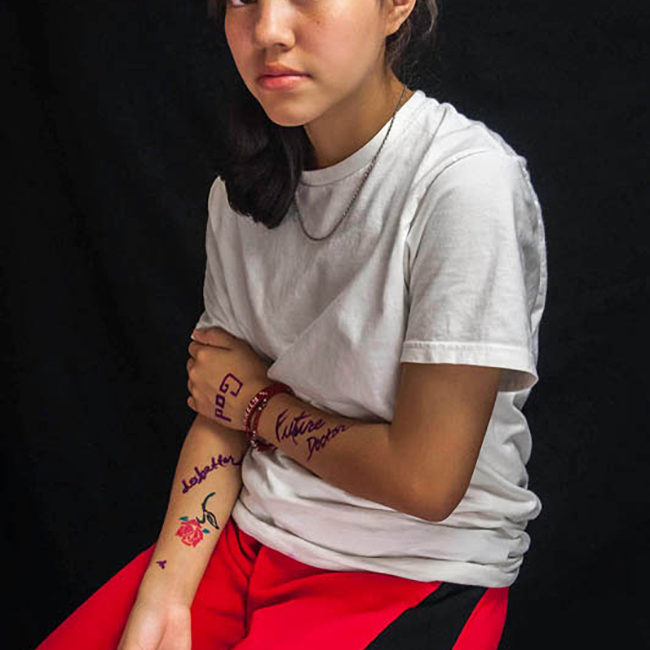




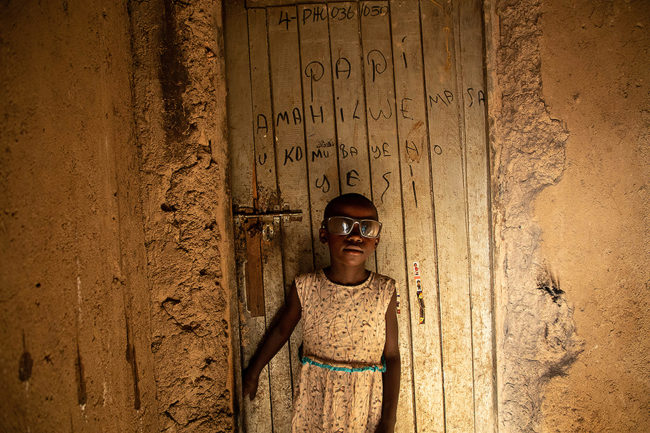



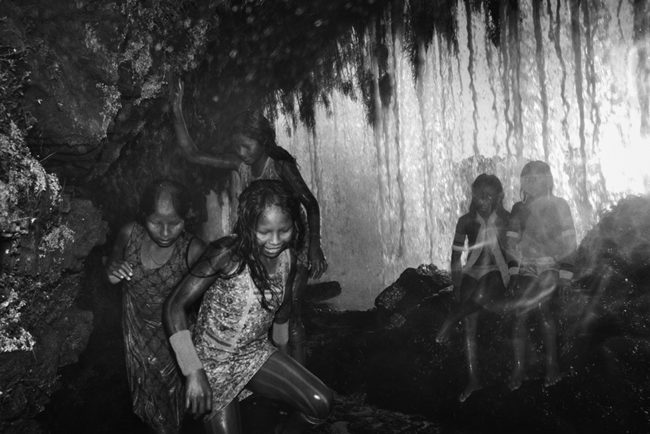
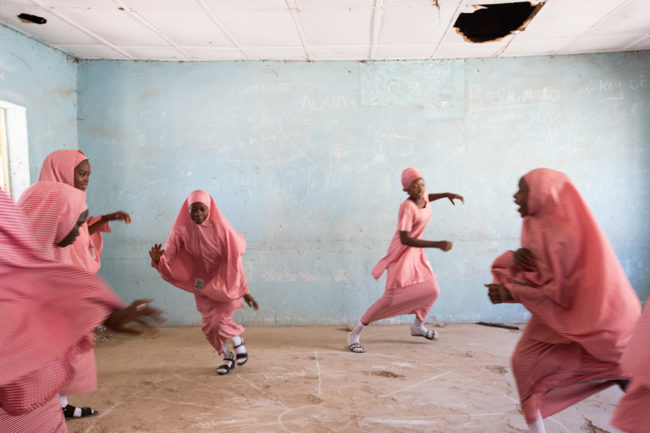
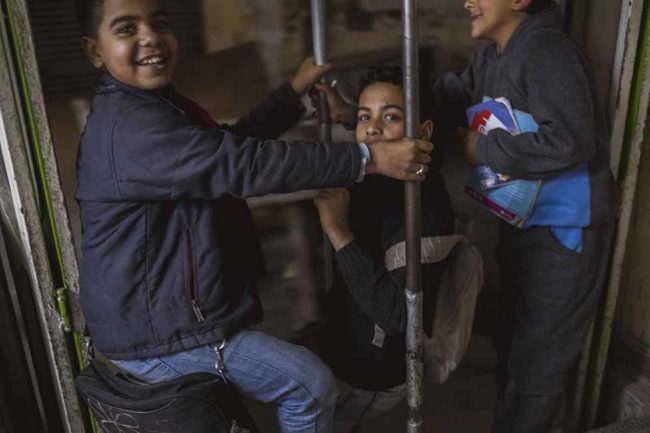
I have a child who also has a rare genetic disease called Loeys-Dietz Syndrome, If you are interested he likes to tell his story so he can spread the word about the syndrome himself. my son has been through numerous surgeries and he is closely followed by the Doctor who found the disease, Dr. Dietz at Johns Hopkins. his entire Aorta has been replaced, and he now has an artificial heart valve. He is one of the bravest people I know. so please email me if you would like to make contact.